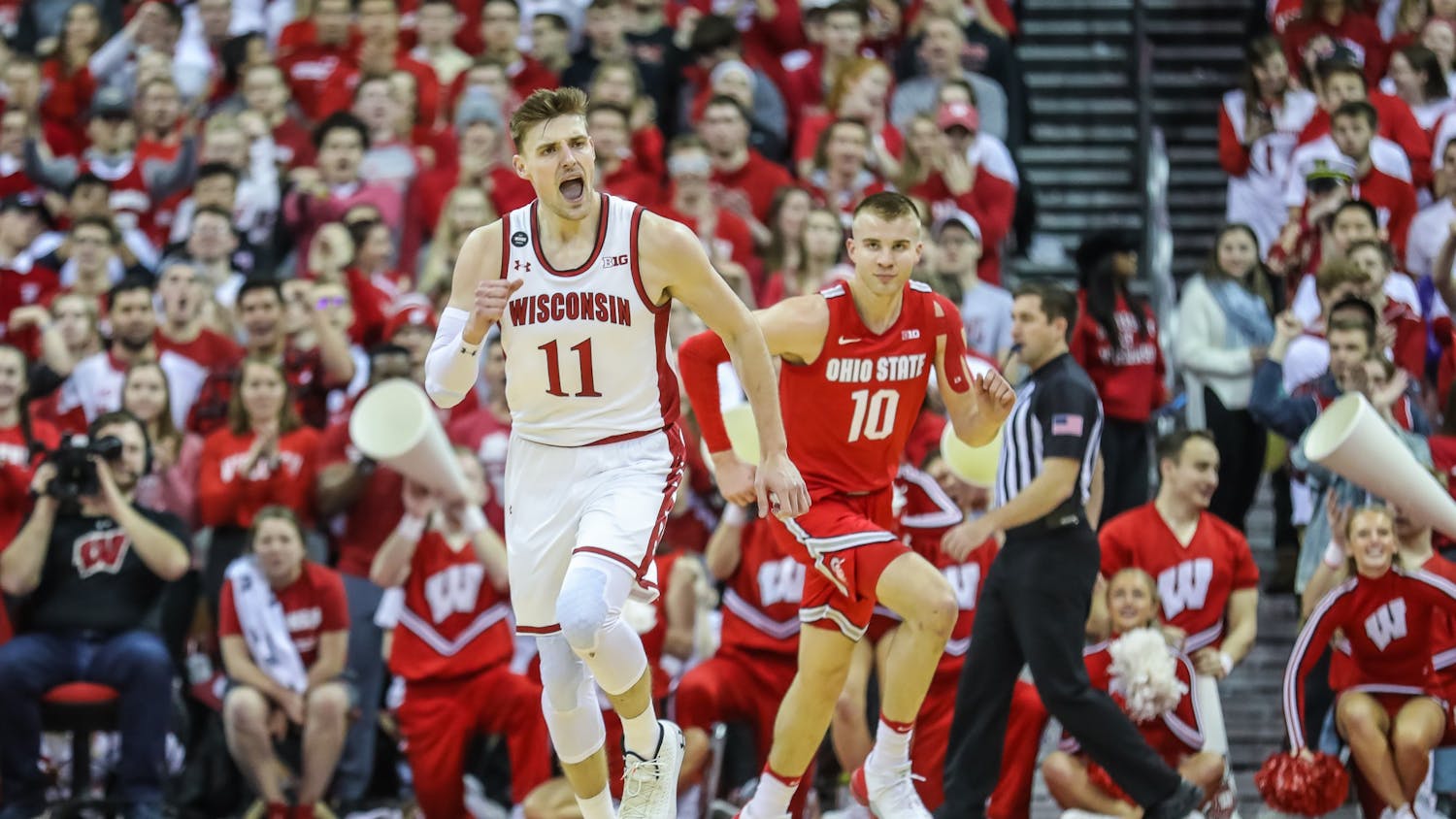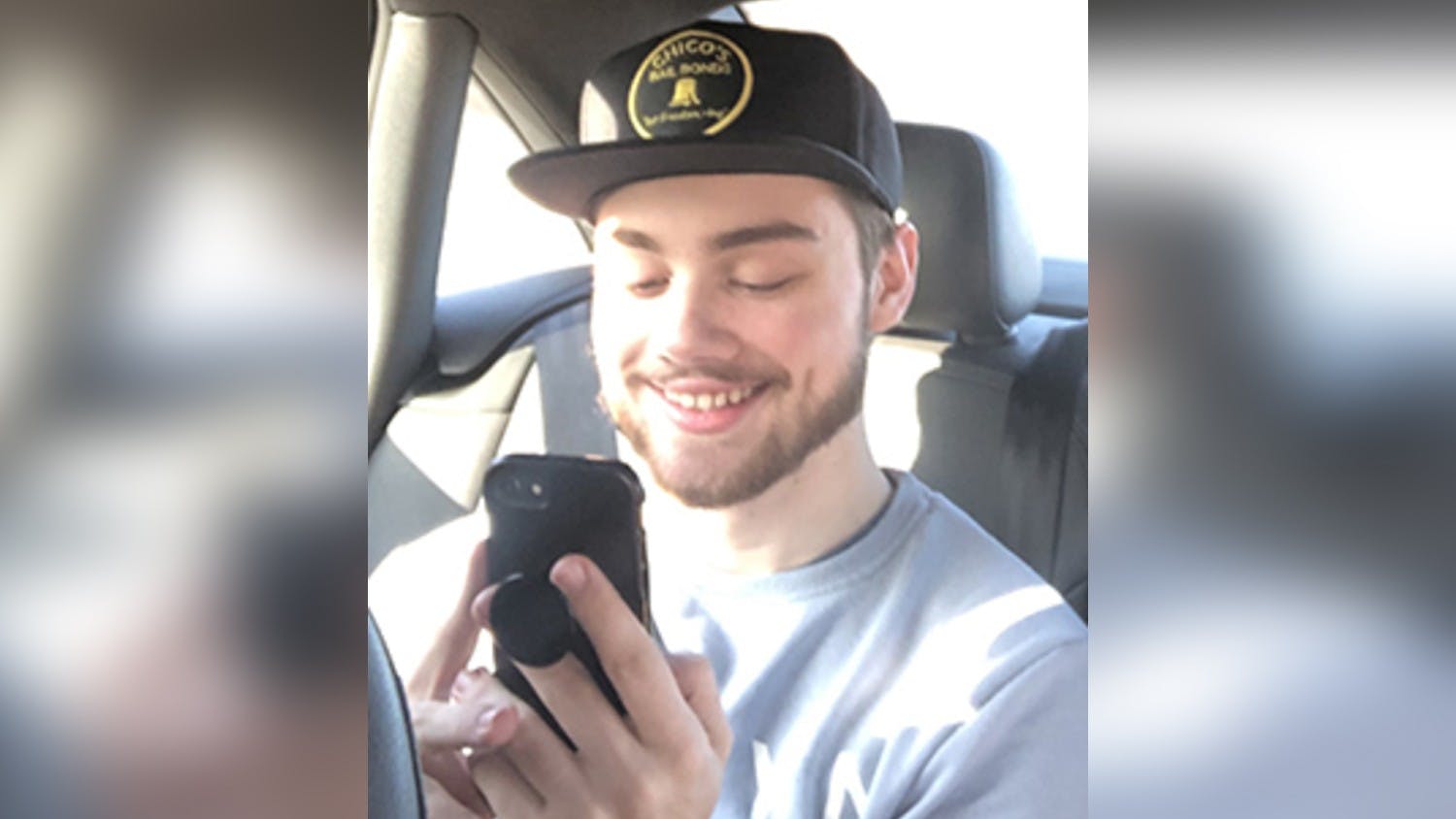At noon on a Thursday, a line of students and faculty forms outside the conference room on the third floor of Ingraham Hall. They chat about their days and classes while they fill plates with food and sit down for a meal.
The weekly Chican@ and Latin@ Studies community gatherings offer a chance for those in attendance to spend time together, but also a time to discuss. A recent workshop featured doctoral students who shared their journeys through higher education — a path filled with systemic barriers and limited institutional support for the Latino community.
While many UW-Madison students are familiar with ethnic studies through their three-credit general education requirement, these units mean much more to those actively involved. Yet, maintaining and growing ethnic studies programs has been anything but a given on this campus.
One such unit — Chican@ and Latin@ Studies — is the largest it’s been in its more than 40-year history largely because of the continuous dedication of students and faculty pushing for its existence and expansion.
“Anything that was given to [CLS] was given because of a demand,” said Benjamin Márquez, a CLS faculty affiliate.
Initial demands
The CLS program was born from the struggles of the 1960s and ‘70s national Chicano Movement — an era of widespread activism around issues of racial and social justice.
“Wisconsin was a center of social movements, not just [for] labor organizing but also multiracial and multiethnic civil rights movements,” CLS program director Armando Ibarra said.
At the time, activists from the Chicano student organization, El Movimiento Estudiantil de Chicanos de Atlzan (MEChA) — formerly known as La Raza Unida — claimed that UW-Madison administrators were not addressing issues of underrepresentation within the student body or lack of institutional support for the few underrepresented students that did attend the university.
After two years of trying to convince university officials about the need for a Chicano studies department that would provide academic programming specific to the experience, culture and history of Chicanos, Chicano students began picketing.
These demonstrations in spring 1975 lasted four months and led to heightened tensions between the university and activists, even resulting in the arrest of student leaders for spray painting an Aztec calendar on the sidewalk.
In the end, it was the state — not the university — that provided the means for the initial program.
“The [state] legislature went over the heads of university officials and created [the funding for the program] despite them,” Márquez explained.
Even after this special allocation to UW-Madison’s budget, it still took months for the university to designate a search committee to start hiring faculty.
The first Chicano studies course on campus, “Literary Group Experiences: The Chicano,” was finally listed in the fall of 1981.
“The strength of any program is its students, faculty, and their willingness to come together and build something,” Ibarra said. “This program came from students, faculty and community really making a demand as to a space to have this type of curriculum.”
Still working towards original goals, 40 years later
The protests of the 1970s would not be the last time that students took action surrounding Chicano and Latino studies in higher education. MEChistas and students from other Chicano and Latino student organizations maintained an active role on campus, engaging in talks with administrators and faculty.
“A lot of the history of our folx who identify as Latinx/Latino is just rooted in social activism,” CLS certificate alum Arturo “Tito” Diaz said. “In the [Latino] community, it is just a part of who we are to advocate and hope for a better world — not only for us but for our future as well.”
Throughout the 1980s the program focused on recruiting more Latino students and faculty to UW-Madison, and in 1992 the CLS undergraduate certificate was created, with its first recipient graduating May 1994.
Despite struggling to maintain their space on campus over the years, the CLS program united around a shared vision of the importance of Chicano and Latino scholarship and department.
Focusing on scholarship and curriculum development within the department would help with research output and program building, Ibarra said.
“What we’re building has to have tenured faculty to be able to really set deep roots in this institution and in this state,” he added.
Departments — which CLS proponents originally demanded in 1975 — are the most important affiliation for a faculty member since faculty are granted tenure by their departments, Márquez explained. Similarly, salary increases, promotions and assignments to various committees all happen within a faculty’s tenure department.
“That’s where your primary professional attachment is, and for many people still, that's where your professional identity lies,” he said. “If we had a department, then all these major decisions about a person's professional life would be here.”
Faculty are not the only ones who recognize the value in a CLS department. Diaz described how in 2014 when he was still an undergrad, budget cuts to all ethnic studies programs led to university talks about consolidating them all into one broader ethnic studies department.
“I really fought hard with a coalition of other students to make sure that that didn't happen,” Diaz said. “Our counter-narrative was that all [the ethic studies programs] need to be their own departments. What if there was a School of Ethnic Studies? California has some of those — what would that look like for us in Wisconsin?”
Merging budgets and resources would not directly address the problem of historically under-funding ethnic studies, Diaz added.
“The budget reflects priorities, and it reflects political decisions,” Marquez, who was director of the CLS program at the time, said.
Diaz was involved in the discussions between students, faculty and the other ethnic studies programs about what consolidation would mean and, ultimately, the negative feedback regarding those plans prevented the potential change.
A community on and off campus
Students are still involved in shaping the CLS program through the Chican@ & Latin@ Certificate Students Association. ChiLaCSA plans events like the March on Bascom, an annual celebration of Latinx heritage with a march up Bascom Hill carrying flags from Latin American countries. The association also represents student concerns in faculty meetings.
“Our faculty really listen to them,” CLS program coordinator Rachelle Eilers said. “Right now they’re working on changing our name from Chican@ and Latin@ Studies to Chicanx and Latinx Studies.”
Community building is also an integral part of the CLS program.
The program’s weekly community gathering provides a space for undergraduates to come together, form connections, and ultimately build a community of students who are interested in the field of Chicano and Latino studies, Ibarra said.
The space is welcome to students who self-identify as Chicano, Latino, Chicana, Latina, Chicanx or Latinx, he added, referencing the current debate over identity.
“Being able to be in a room of folks to learn about CLS and some of the contributions that folks like me [made] was really informative,” Diaz said. “The CLS program meant so much to me because it was also my place to be at home and at peace.”
CLS students are not afraid to speak up about campus issues they believe in, like the university’s controversial homecoming video, Eilers said.
Ibarra added that as members of the UW community, CLS faculty find it necessary to weigh in on these issues as well through statements signed by all affiliate faculty.
“The program is as relevant today as it was before it started and as when it came to be,” Ibarra said. “It offers so much to this institution and to the community outside of UW.”
While the program offers classes for students on timely subjects in the national political and cultural debate, it also serves as a bridge to the broader community outside the university.
Many CLS students and faculty work with community organizations like the Latino Academy for Workforce Development and Centro Hispano, or engage in conversations about community building, civic building or the current political and anti-immigrant climate.
“People look to [the CLS program], and they look to faculty and students as not just conduits to [the] university, but as, as folks [who] can continue to have these hard conversations and continue to educate on these subjects,” Ibarra said.
Connecting the struggles of the last 40 years, Ibarra happily shared that this year three new affiliate faculty have started, and this spring the CLS program will offer its largest selection of courses. The increased enrollment even has faculty working on proposing a CLS major.
“The struggle to address inequality is generational, and as a program we’re looking to build on those struggles as best as we can in this institution with everything that we have here,” Ibarra said.






